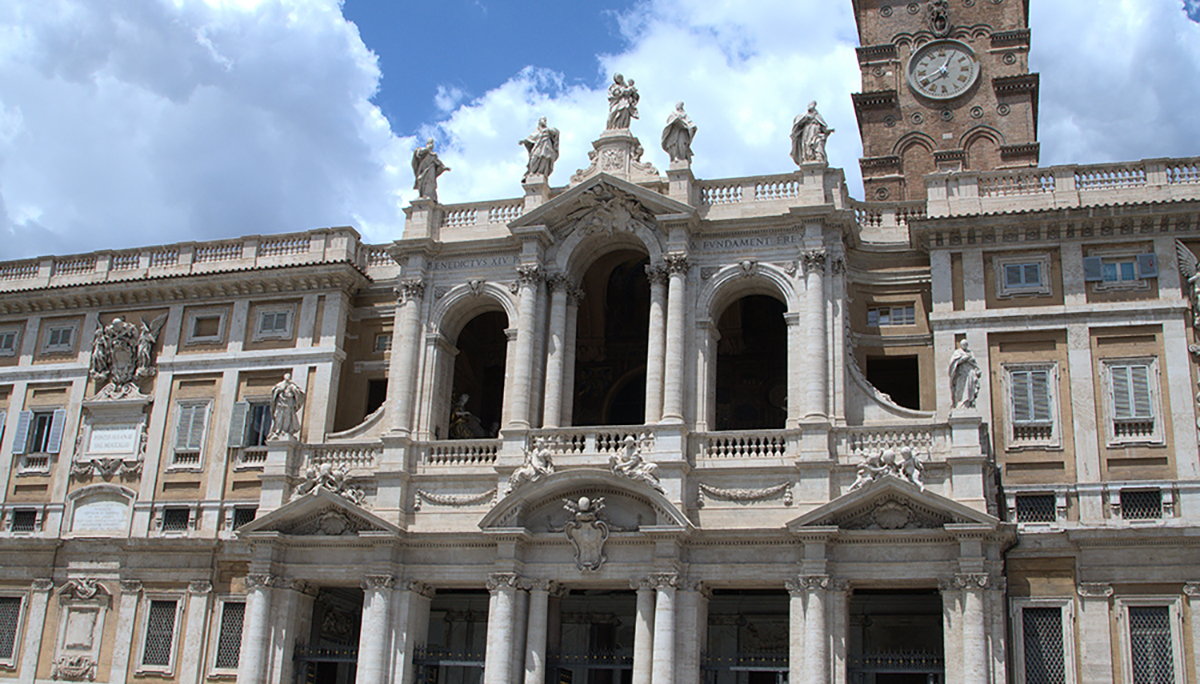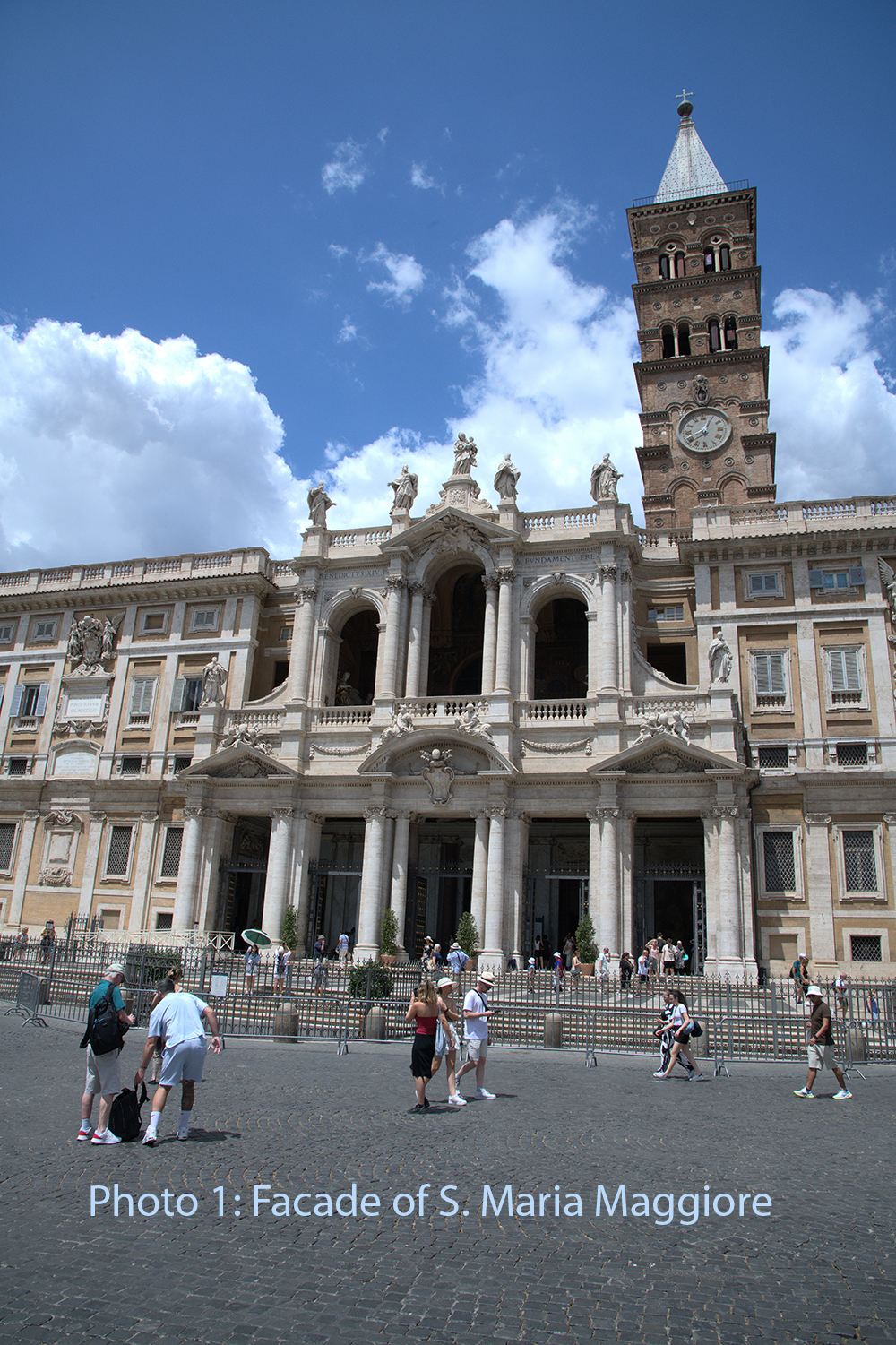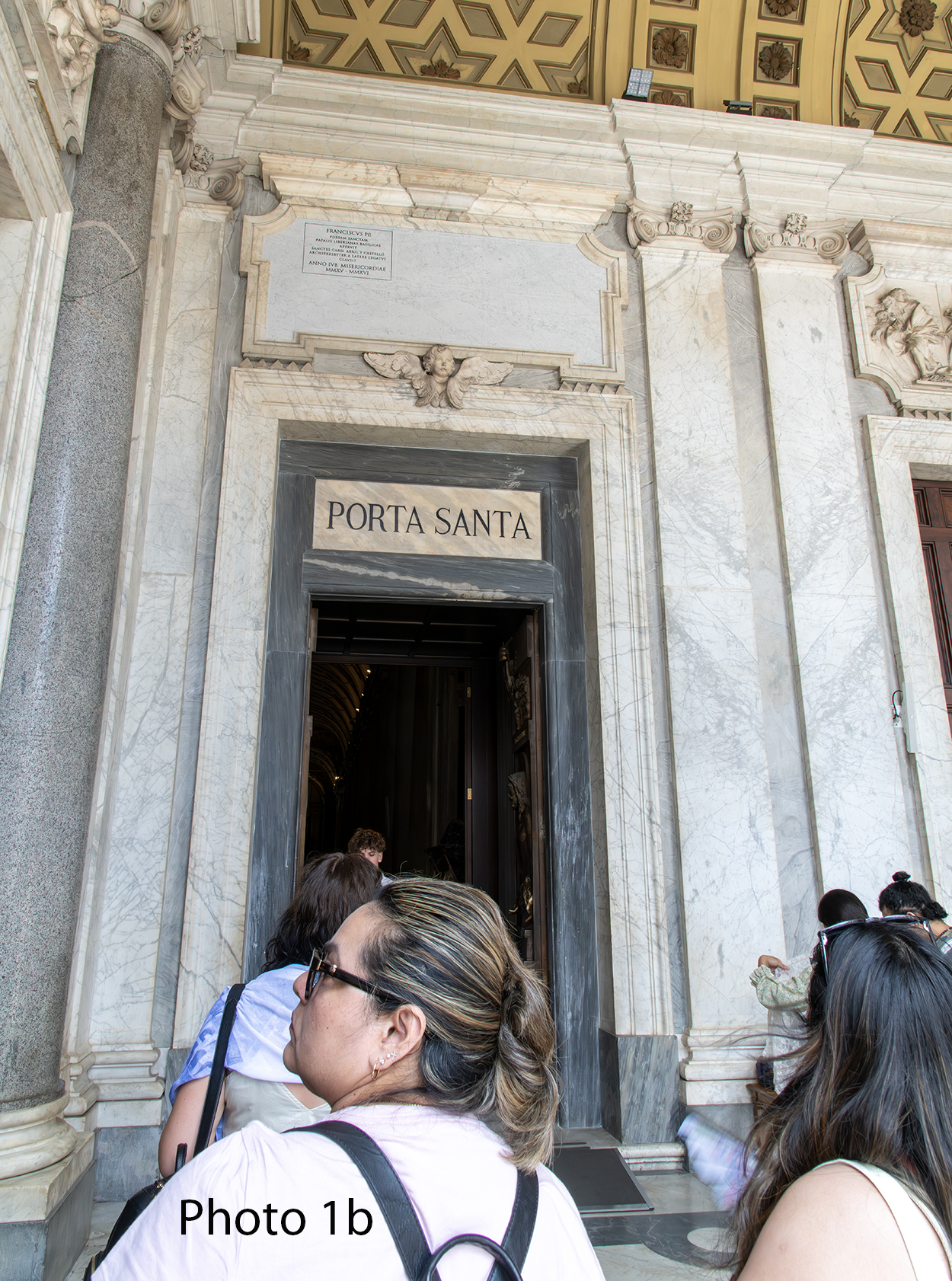
When I was about 12 my parents decided to sell ourhouse. Seeking the Divine assistance inthis endeavor they decided that we, as a family, would make a pilgrimage to theshrine of Our Lady of the Snows in Belleville, Illinois. At the time this would be the longest roadtrip I’d ever been on and my first experience with pilgrimage.
Prior to our departure, my mother told us the story of OurLady of the Snow. According to legend,in the fifth century a Roman couple wished to build a church in Rome in honorof Mary. At the time the Christologicalcontroversies were still raging and the Council of Ephesus had recently definedthe dogma of Mary as Theotokos – the bearer of God. But where to build this church? One night in a dream Mary appeared to thePope and told him to find a hill on which snow fell. The next day, August 5th, there wasa miraculous snowfall on the Esquiline Hill. The Pope himself traced the outline of the snow which became of parametersof the church now known as St. Mary Major (Maria Maggiore).
Regardless of how much of this story is true, I found it fascinating, so year’s later when I had an opportunity to visit S. MariaMaggiore for the first time it was quite a meaningful thrill. This time, in 2025, there was the additional attraction of making my own pilgrimage and passing through the Porta Santawhile recalling that first journey so many years before.
St. Mary Major is just a few blocks south of Termini trainstation, so this was our first stop on our second day of pilgrimage. The church is oddly oriented, with the façade(Photo 1a) facing southeast and the papal altar in the apse toward the northwest. The Porta Sancta is on the left side of the portico (Photo 1b), the opposite of the other three major basilicas. The door is also unique in its iconography, celebrating two major Ecumenical Councils: Ephesus in 431 and Vatican II in 1962. Relief bronzes on the lower section of the doors depicts these two Councils. The doors also bear bronzes on the upper level depicting the Annunciation, directly over an image of Mary on the left, and Pentecost on the right. The principal images of Mary and the resurrected Christ complete the imagery (photo 2). These doors are the work of sculptor Luigi Mattei and were blessed by Pope St. John Paul II on 8 December 2001.



Entering these doors, I was deeply impressed by the figureof the resurrected Christ (photo 3 &4). In fact, to such an extent that I completely overlooked the facing leafdepicting Mary. Particularly moving wasgrasping the extended hand of Christ while crossing the threshold into the basilica. While it was a common practice to tough someaspect of the doors in all four basilicas and make the sign of the Cross uponentering, holding the life-size hand of Christ here at St. Mary Major offered aunique and personal connection to Christ.


In a real way, the imagery on these doors invites a level ofcontemplation that was not possible at the moment due to the number of pilgrimsmaking their way through the portal. Inessence, the iconography reflects both beginning and end of the life of Christ(Annunciation to Pentecost), yet also reveals the ongoing incarnationalmystery; Pentecost is the beginning of the Church’s sacramental, sanctifying missionas the Mystical Body of Christ.
Likewise, in the two figures, Mary establishes Christ’shumanity, while the depiction of the resurrection points to his Divinity. At the same time, Mary’s title of Theotokos/Motherof God states clearly that Christ has both human and divine nature and willsunited in the single Person of Jesus. Indeed,this was the very reason for the definition canonized at Ephesus. I found myself returning to these doorsseveral times to further reflect on their physical and spiritual beauty.
Having completed our second pilgrimage goal, it was now timeto explore the sacred places within the basilica. More on that experience next time.